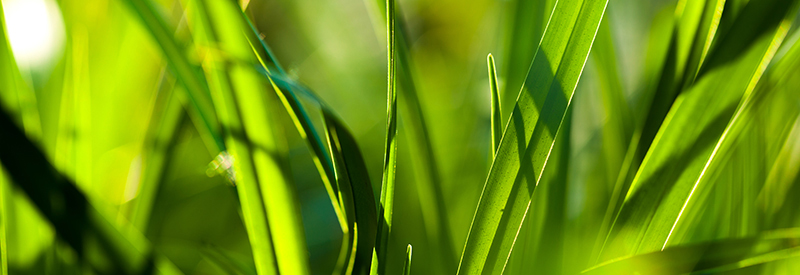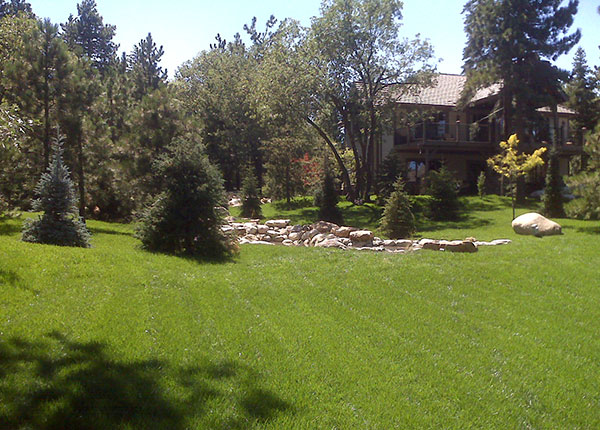Tips for Homeowners
Great advice to keep your lawn looking its best
Summer Lawn Care

Summer is a more challenging time to maintain turfgrass for the moisture requirements are higher as hot, dry winds tend to dry out your lawn. Weather, general soil moisture conditions, and local water restrictions may dictate the amount of water applied to turfgrass. One might want to check with your water supplier and/or municipality for any limitations and/or restrictions.
Now is the time to start to monitor your lawn to maintain its health during the heat of the Summer months. Here are some guidelines to follow to have a healthy, weed and disease-free lawn. Both bluegrass and tall fescue require the same treatment the first year.
Fertilizer/Herbicide
A high quality, slow release nitrogen fertilizer with 3-5% iron i.e. (20-10-5+5% Fe), should be applied every 5-6 weeks to permit proper growth, starting with the 1st application in late April to early May. Apply the rate as outlined on the bag label with a rotary spreader. As an alternative, you can use a good ‘Weed and Feed” type of fertilizer at this time to control annual and perennial weeds. Spot application of herbicides may be applied to problem weeds. Your local garden center can assist you with the proper selections of fertilizer, herbicide and problem area identification, diagnosis and treatment.
Watering
Your sprinkler system should be monitored monthly. Checked for leaks, missing/broken heads and for any adjustments that may need to be made. Water application should be applied according to local regulations or less depending upon the moisture received from rain. New EvapoTranspiration (E-T) sprinkler controllers with moisture, temperature and rain sensors are an ideal way to apply the correct amount of water, for it adjusts automatically to daily conditions as well as adjusting biweekly to historical data. Otherwise, your local newspaper should provide you with proper E-T rates to apply proper amounts of water to your lawn to prevent wasting of our precious water! Do not over-water your lawn for water is too valuable to waste. Plus, over-watering your lawn can compromise its health.
Mowing
Mow with a sharp mower blade should start once your turfgrass reaches 2-1/2”- 3” in height. During the summer months, one might want to mow at a 3” height to conserve moisture as well as prevent weed invasion. Never remove more than 1/3 of the leaf blade at one mowing.
Aeration
Core aeration (soil/thatch core removal) should not be required in its first season and thereafter, but it should be done the following Spring going forward to assist in increasing moisture retention and a healthier lawn. If heavy compaction is experienced, you may want to continue with another core aeration in September.
Get A Quote Online
Getting a quote for your sod is easy and convenient. Just let us know how much you need and when you need it. We can even arrange to deliver it right to your work site.

